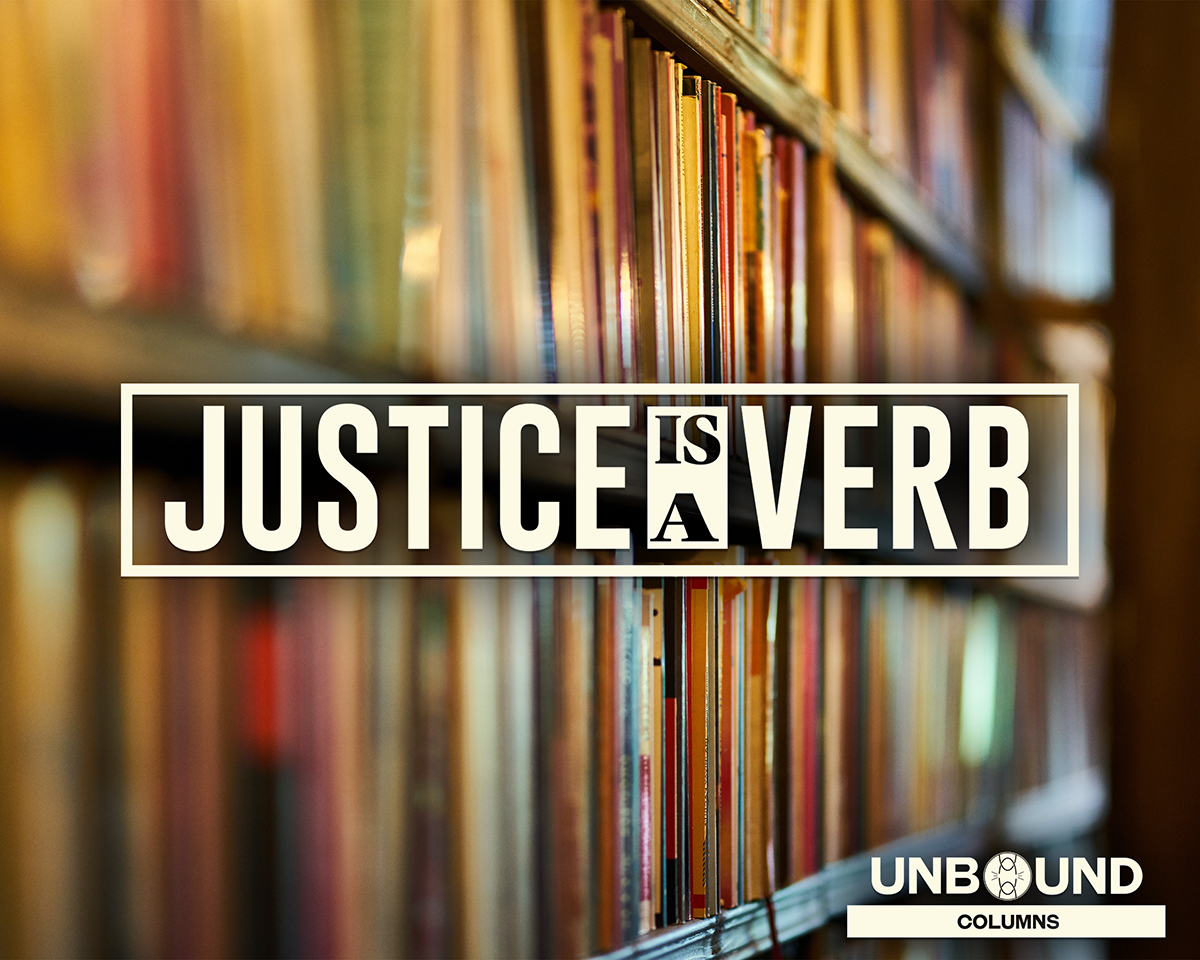Scattered throughout this country are statues and monuments dedicated to the remembrance of specific people in a specific time and place. For the South, it is quite common to stroll through a park and see the bust or a full figured cast of a man in bronze atop a cement pillar with engraved plaques telling the spectators the history behind these confederate soldiers or political leaders. These monuments are tall, robust, clad in “heritage” and “history”. And yet, they mark a moment in time when slavery was the foundational part of the economy, and violence toward Black people was so deeply engrained in society. Confederate monuments are not simply cement and bronze; they are intentionally placed racist markers meant to cement white supremacy within the culture of society.
Here are 7 things everyone should know about confederate monuments:
- Symbols of oppression for Black people. During the period of Reconstruction and after the Civil War, organizations like the Daughters of the Confederacy raised funds for the construction of monuments not only to memorialize antebellum days, but to show the now freed Black people that, though slavery was over, white supremacy was here to stay.
- Built to display power over. Notice how tall and ornate some of these monuments are? The intentionality behind height and decor was meant to show power and lord white supremacist ideologies over people of color.
- Funds and perpetuates white supremacy through tourism. Denmark Vesey’s Garden by Ethan J. Kytle and Blain Roberts speaks to the ways in which the tourism industry in Charleston, SC perpetuates racism and white supremacy. Kytle and Roberts break down the history of monuments and how they are connected to a tourism industry based on selling Lost Cause narratives and whitewashed histories of the ole’ South. Millions are made through visiting plantations, monuments, and historical sites where slaves were sold and chained. These millions of dollars are funneled back into an industry that, again, profits off the backs of enslaved, Black people.
- Perpetuates Lost Cause narratives. Lost Cause narratives attempt, and often succeed in the memories of white people, to disassociate slavery from the memory of the confederacy while uplifting the confederacy all at the same time. Examples can be heard in the narratives such as the Civil War was over “states’ rights”, enslaved people were happy on the plantations, or the racial violence wasn’t that bad. The movie Gone with the Wind is a prime example of a whitewashed, Lost Cause version of the realities of the South. Monuments glorifying the ones who enslaved Black people perpetuate these types of narratives by downplaying and erasing racial violence and white supremacist ideologies.
- Creates false “heritage”. Rhetoric about heritage surrounds monuments like a protective shield. “This is our heritage!” “You cannot take away our heritage!” The ideologies of the confederacy were rooted in sin which carry into the present day. The only thing that is being inherited through these monuments is white supremacy and racism – sin that must be confessed and dismantled.
- Protest against these monuments is not new. Since the days of reconstruction in the South, Black people have protested against confederate statues. They were disfigured, torn down, shot at. The monument of John C. Calhoun in Charleston, SC is the second monument of the pro-slavery politician. The first monument was low enough for people to vandalize. For that reason, and that the original did not look enough like Calhoun, another monument was erected that was much taller.
- Built intentionally. Confederate monuments were not simply built to recognize and memorialize the dead. These monuments were intentionally built to skew the memory of slavery. They were meant to erase what was and to create a reality that is false. They were built to be idols of worship for a time where Black people were enslaved, beaten, and forced to build this country where white people benefit. They are not just bronze and stone. They are alive, doing the work they were meant to do – perpetuate false realities, white supremacy, and racism.
Denmark Vesey’s Garden: Slavery and Memory in the Cradle of the Confederacy by Ethan J. Kytle and Blain Roberts was used for this JustList. The book is recommended by the Unbound team as a resource for white people to dismantle white supremacy and racism.






Unbound Social